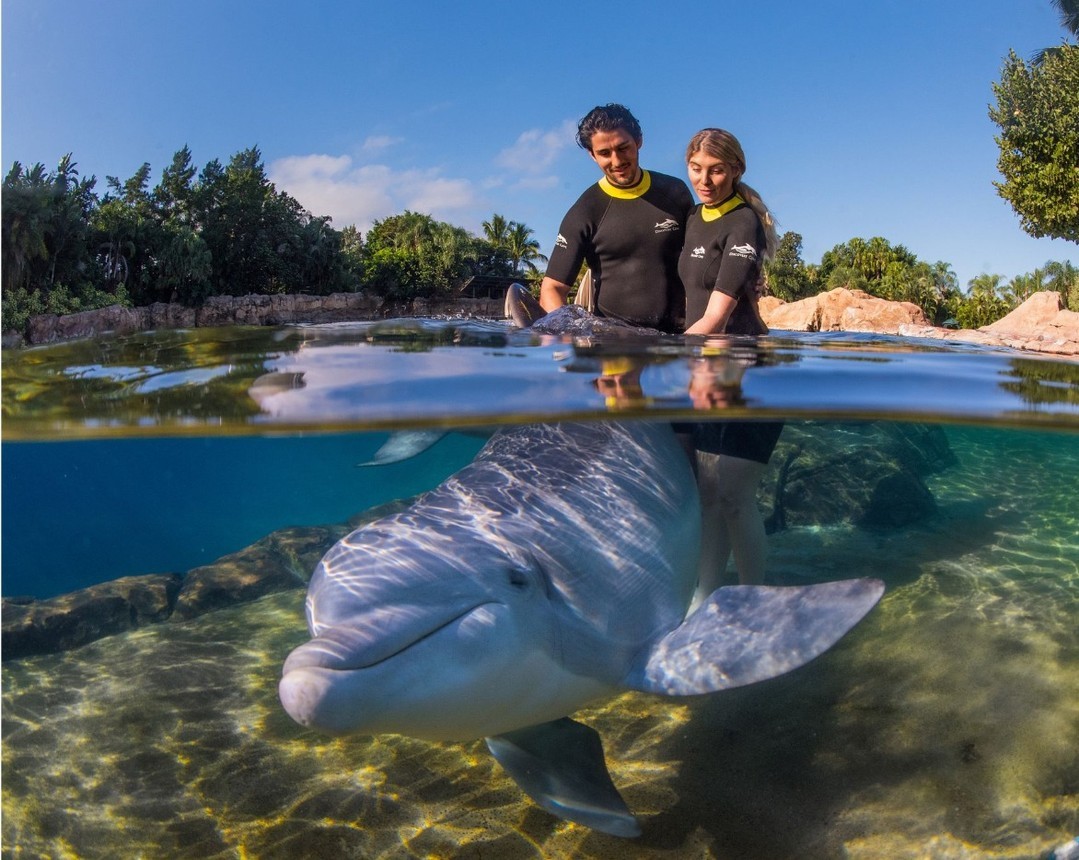Summary:
1. The unique adaptations of aquatic animals for swimming.
2. The incredible diversity of aquatic habitats and the species that inhabit them.
3. The importance of swim patterns in aquatic ecosystems.
4. The fascinating behaviors and communication methods of aquatic animals.
5. The impact of human activities on aquatic wildlife.
Swimming by to Wish You a Happy Monday: Exploring the Fascinating World of Aquatic Animals
Welcome to a brand new week! As we dive into Monday, let’s take a moment to appreciate the incredible world of aquatic animals and the wonders they bring to our planet. From the depths of the oceans to the flowing rivers and serene lakes, these fascinating creatures have evolved unique adaptations to conquer the water. So, grab your snorkel and let’s embark on an underwater adventure!
Did you know that aquatic animals have incredible adaptations specifically designed for swimming? Take, for example, penguins. These flightless birds have streamlined bodies and strong flippers, allowing them to navigate through water like torpedoes. Their dense bones and air sacs provide excellent buoyancy for effortless dives into the depths.
But penguins are just the tip of the iceberg. Let’s not forget about the graceful dolphins and orcas belonging to the cetacean family. These magnificent creatures possess an elongated body shape, strong tails, and flippers that help them swiftly glide through the waves. Their streamlined bodies reduce drag, enabling them to reach astonishing speeds.
Now, let’s take a moment to marvel at the incredible variety of aquatic habitats and the species that call them home. Each habitat supports a unique assemblage of life, from the colorful coral reefs to the vast open seas. Coral reefs, for instance, harbor an array of marine organisms, including vibrant fish, intricate invertebrates, and even massive predators like sharks.
Moving upstream, freshwater ecosystems offer a different set of challenges and treasures. Rivers house various fish species, from elusive trout to the mighty salmon undertaking herculean migrations. These incredible journeys are often filled with obstacles, as fish must navigate rapids, leap over waterfalls, and even brave hungry predators.
Speaking of migrations, did you know that swim patterns play a vital role in the health and functioning of aquatic ecosystems? Take, for instance, the well-known salmon runs. Salmon swim against the current to reach their spawning grounds upstream. As they do so, they bring valuable nutrients from the ocean and deposit them in freshwater systems, enriching these habitats and sustaining countless other organisms.
But it’s not just the physical aspects of swimming that captivate us. Aquatic animals also possess intriguing behaviors and communication methods. Dolphins, for example, are highly intelligent creatures that exhibit complex social structures and communicate through clicks, whistles, and body movements. These sounds and gestures convey messages vital for social bonding, group coordination, and hunting strategies.
While the underwater world is filled with awe-inspiring wonders, it is crucial to recognize the impact of human activities on aquatic wildlife. Pollution, overfishing, habitat destruction, and climate change pose significant threats to the delicate balance of these ecosystems. By raising awareness and taking action, we can help protect these magical environments and the incredible creatures that rely on them.
So, as we conclude our aquatic journey and return to the surface, let’s remember the importance of embracing nature’s diversity and preserving the wonders of our planet. Whether swimming in a crystal-clear lake, snorkeling in a tropical reef, or simply admiring a photo of a majestic whale, take a moment to appreciate the beauty and complexity of aquatic life. May this Monday be filled with inspiration and an unwavering commitment to protect our precious natural heritage.
*****
Source Description
Swimming by to wish you a happy Monday 💙


